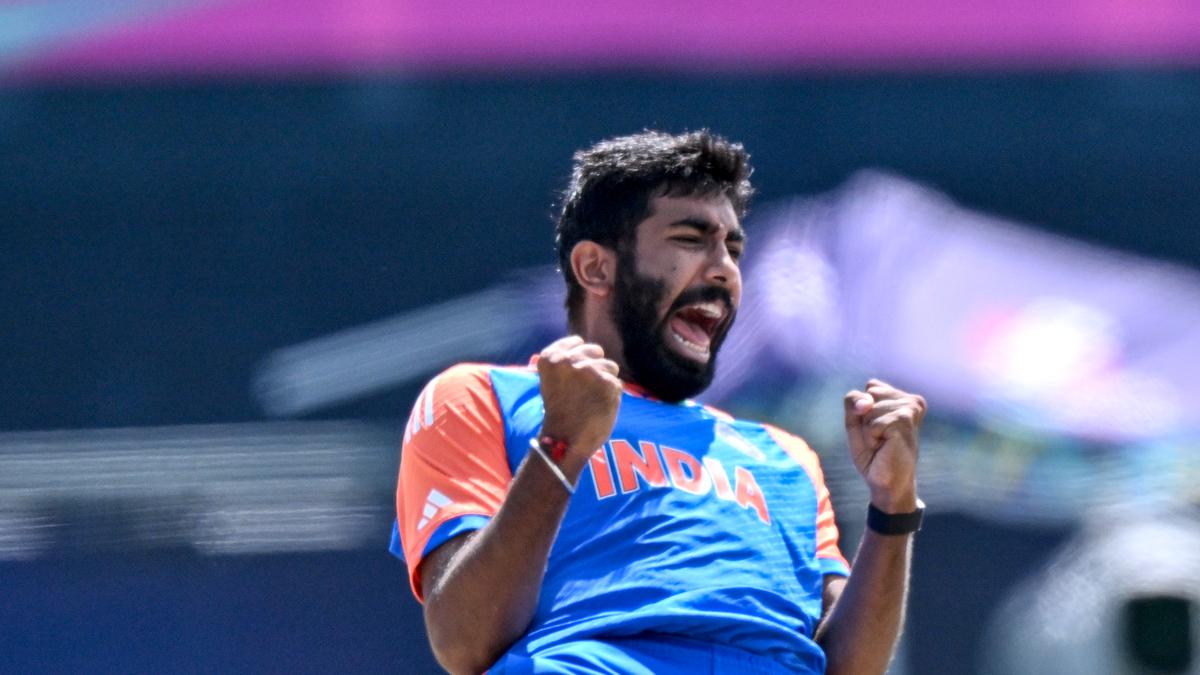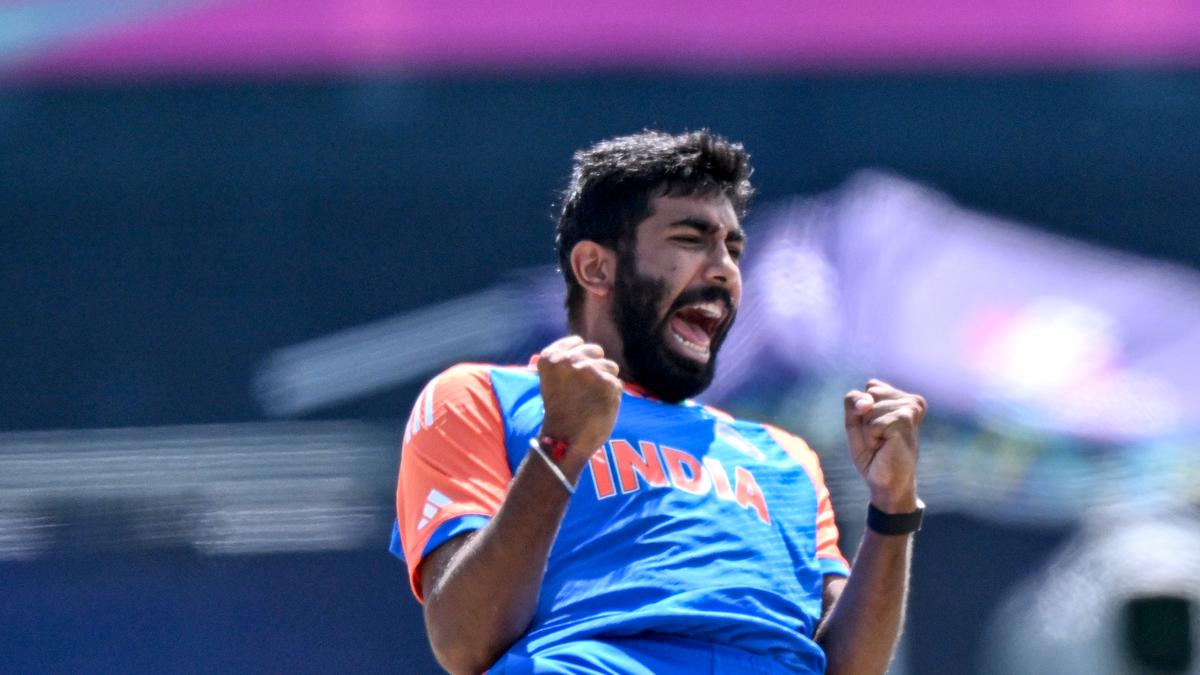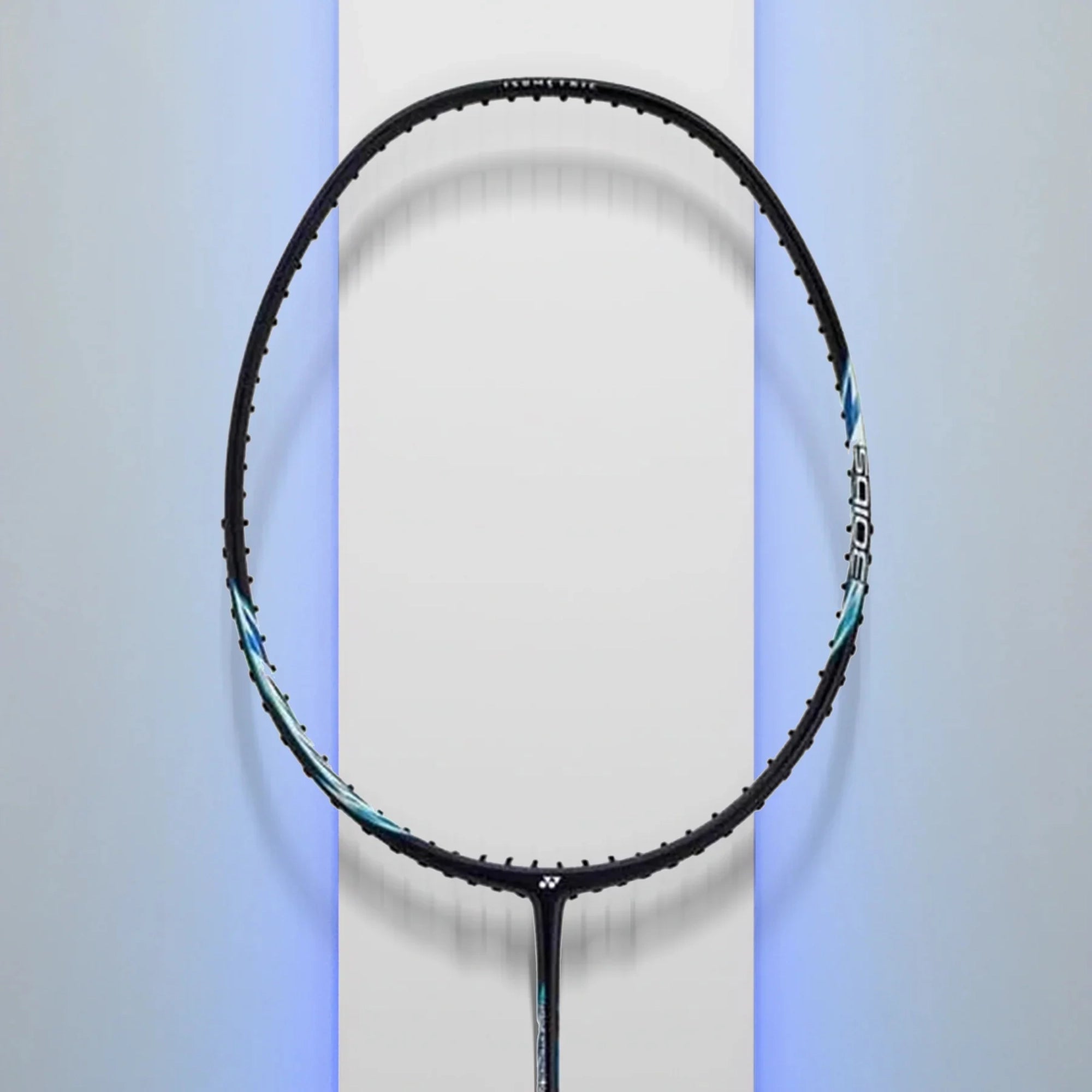
India's transformation from a spin-reliant nation to a pace-bowling powerhouse is a testament to the country's unwavering commitment to cricketing excellence. During his illustrious Test career, Sunil Gavaskar, the legendary "Little Master," opened the batting in all but nine of his 214 innings. However, lesser known is the fact that Gavaskar also took the new ball in five innings, not because he possessed blistering pace, but rather to provide a brief respite before introducing India's formidable spinners.
Fast forward to the present day, and India boasts a glittering array of pace-bowling riches, spearheaded by the "Kohinoor of fast bowling," Jasprit Bumrah. The rise of India's pace stocks began long before Bumrah's international debut in 2016. Mohammad Nissar and Amar Singh, two early pace pioneers, played pivotal roles in India's inaugural Test victory against England at Lord's in 1932. However, the dominance of spin bowling in India, coupled with the emergence of a succession of high-class spinners, overshadowed the importance of fast bowling.
It wasn't until Kapil Dev's sensational arrival in the late 1970s that a growing tribe of young aspirants began to harbor ambitions of running in hard and attacking the bowling crease. Kapil's understanding that he needed to recalibrate his bowling and sacrifice some pace for longevity proved crucial. His arrival coincided with the decline of the spin foursome, bringing fast bowling back into focus.
Kapil's success inspired a generation of young bowlers, including Javagal Srinath, who became the first true fast bowler in modern-day Indian cricket. Srinath's tall, lithe frame and whippy action enabled him to hurry and harry batters, especially with his ability to bring the ball into the right-handers and generate considerable bounce.
Despite the emergence of Srinath and a few other promising pacers, India's fast-bowling stocks remained fragmented. There were only a handful of bowlers who could consistently top 140 kmph, and while there was no shortage of skill, raw pace was a different matter altogether.
The arrival of Mohammed Shami in 2013 and Bumrah two and a half years later marked a turning point. Shami's sensational burst of reverse swing on his debut against West Indies ignited the latest revolution, while Bumrah's unconventional speed and accuracy convinced Virat Kohli and team director Ravi Shastri that he would be a huge success in the five-day format.
The BCCI's mandate for a certain amount of grass on pitches for domestic cricket, along with the tireless efforts of Bharat Arun, the national team's long-serving bowling coach, bore fruit in the assemblage of an attack for the ages. Today, teams that once didn't think twice about laying out green carpets or bouncy decks when India came calling are caught in a dilemma. India's batters are skilled enough to come through demanding tests, but India's bowlers also possess sufficient quality and are numerically adequate to pay back in kind.
The embarrassment of riches has spilled over to white-ball cricket as well. At the ongoing T20 World Cup, Bumrah and Siraj are being backed up by Arshdeep Singh, a left-arm swing exponent with a mean yorker and clever changes of pace, and vice-captain Hardik Pandya, who has a penchant for testing out the bounce in the surface.
India's graduation from the land of spin to a nation with outstanding fast-bowling talent has been a remarkable journey. Quality has been backed up by depth, not just quantity, and even when Bumrah was out for a year with a stress fracture of the back, India didn't suffer hugely. Of course, they missed their spearhead, but they found ways to fill the giant void. In fact, such was their depth that they left Shami out of their World Cup XI until Pandya's ankle injury forced them to rejig their combination. Shami responded by picking up five-fors for fun.
For all of Shami's virtuosity and Siraj's fire, it's Bumrah who is the unquestioned leader. His hyperextension of his right elbow gives him an advantage that he has made the most of. As Balaji said recently, Bumrah is a great example, like Wasim Akram, of using sport to bowl fast, not athleticism. "Most great fast bowlers build up momentum in their run-up, but Wasim bhai and Bumrah rely more on their upper bodies and do everything with their bowling arm, their wrist. That's why they are able to succeed on even docile tracks; they take the pitch out of the equation."
There is a reason why India is No. 1 in the world in both limited-overs versions and No. 2 in Test cricket. It's not hard to see what that is.
Tags: #Cricket, #FastBowling, #JaspritBumrah, #MohammedShami, #MohammedSiraj
Read more




































































































































Share:
Team India Intensifies Preparations for T20 World Cup Super 8s in Caribbean
Kane Williamson Uncertain About T20I Future After New Zealand's World Cup Exit